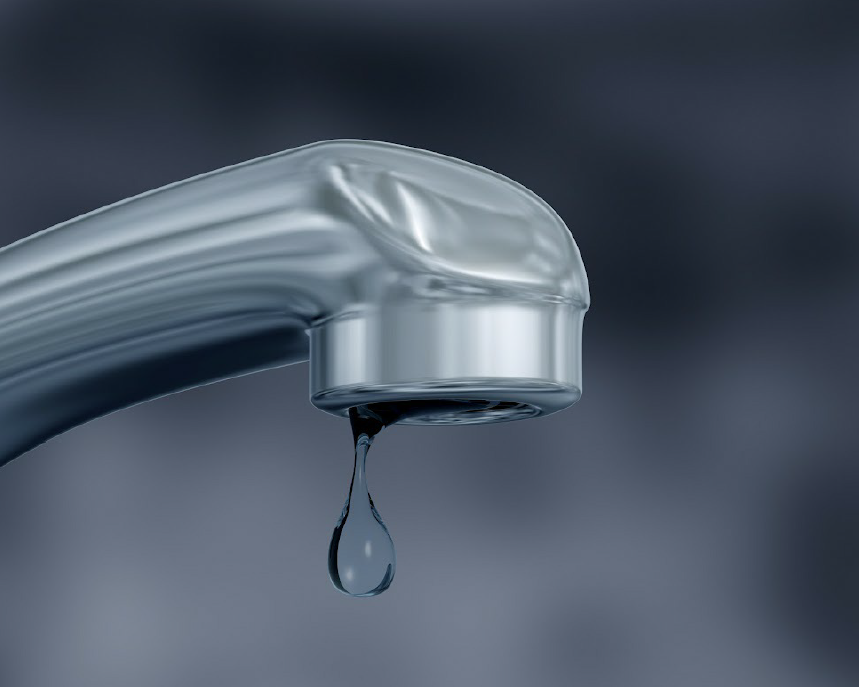How do you really feel in relation to Locating water leaks?

Early detection of dripping water lines can minimize a prospective disaster. Some tiny water leaks might not be noticeable.
1. Examine the Water Meter
Every home has a water meter. Inspecting it is a guaranteed manner in which helps you find leaks. For starters, shut off all the water sources. Ensure no one will certainly purge, use the faucet, shower, run the washing device or dishwashing machine. From there, most likely to the meter and also watch if it will certainly transform. Since nobody is using it, there ought to be no motions. If it relocates, that suggests a fast-moving leakage. Furthermore, if you identify no changes, wait a hr or more and inspect back again. This means you may have a slow-moving leak that might also be below ground.
2. Inspect Water Consumption
Analyze your water expenses as well as track your water consumption. As the one paying it, you should notice if there are any disparities. If you detect sudden changes, in spite of your consumption coinciding, it indicates that you have leaks in your plumbing system. Bear in mind, your water expense ought to drop under the exact same variety monthly. A sudden spike in your expense suggests a fast-moving leakage.
A steady boost every month, even with the very same routines, reveals you have a slow leak that's also gradually intensifying. Call a plumber to extensively examine your residential property, particularly if you really feel a cozy location on your flooring with piping beneath.
3. Do a Food Coloring Examination
When it comes to water consumption, 30% comes from bathrooms. If the color somehow infiltrates your dish throughout that time without flushing, there's a leakage between the container and also bowl.
4. Asses Exterior Lines
Don't neglect to examine your outside water lines also. Examination spigots by connecting a garden tube. Ought to water seep out of the link, you have a loose rubber gasket. Change this and also make sure all connections are limited. If you've got an automatic sprinkler, it will help get it expertly analyzed and kept yearly. One tiny leakage can throw away tons of water and increase your water bill.
5. Examine the scenario as well as check
House owners should make it a habit to inspect under the sink counters and even inside cabinets for any type of bad odor or mold growth. These 2 red flags suggest a leakage so prompt attention is needed. Doing regular assessments, also bi-annually, can save you from a major problem.
Check for discolorations and damaging as most devices and pipes have a life expectancy. If you suspect leaking water lines in your plumbing system, do not wait for it to rise.
Early discovery of leaking water lines can reduce a prospective catastrophe. Some small water leaks might not be noticeable. Inspecting it is a guaranteed means that helps you discover leaks. One tiny leakage can throw away loads of water and increase your water expense.
If you presume leaking water lines in your plumbing system, don't wait for it to escalate.
WARNING SIGNS OF WATER LEAKAGE BEHIND THE WALL
PERSISTENT MUSTY ODORS
As water slowly drips from a leaky pipe inside the wall, flooring and sheetrock stay damp and develop an odor similar to wet cardboard. It generates a musty smell that can help you find hidden leaks.
MOLD IN UNUSUAL AREAS
Mold usually grows in wet areas like kitchens, baths and laundry rooms. If you spot the stuff on walls or baseboards in other rooms of the house, it’s a good indicator of undetected water leaks.
STAINS THAT GROW
When mold thrives around a leaky pipe, it sometimes takes hold on the inside surface of the affected wall. A growing stain on otherwise clean sheetrock is often your sign of a hidden plumbing problem.
PEELING OR BUBBLING WALLPAPER / PAINT
This clue is easy to miss in rooms that don’t get much use. When you see wallpaper separating along seams or paint bubbling or flaking off the wall, blame sheetrock that stays wet because of an undetected leak.
BUCKLED CEILINGS AND STAINED FLOORS
If ceilings or floors in bathrooms, kitchens or laundry areas develop structural problems, don’t rule out constant damp inside the walls. Wet sheetrock can affect adjacent framing, flooring and ceilings.
https://www.servicemasterbyzaba.com/blog/how-to-detect-water-leakage-in-walls/

I am very curious about Hacks to detect leaks and I hope you liked the entire piece. Sharing is nice. One never knows, you may very well be doing someone a favor. Thanks a lot for your time. Visit again soon.